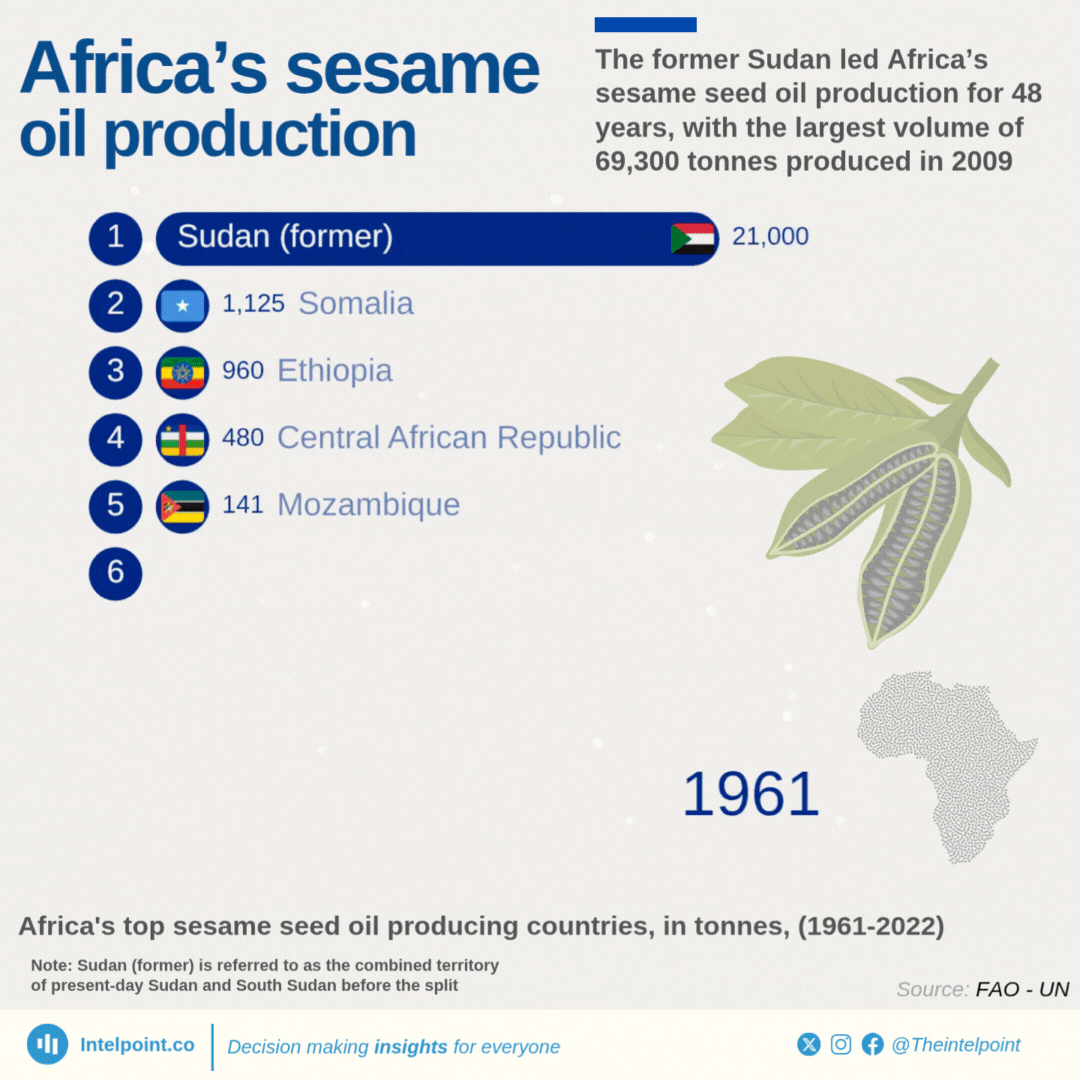From the early 1960s through the 1990s, Ethiopia's cattle population growth placed it at the forefront of African livestock rearers, holding the top position with millions of cattle.
This leadership continued into the 2000s, reflecting Ethiopia's robust cattle industry on the continent. Sudan managed to take the top position a few times, mostly around the 2000s.
However, Ethiopia quickly reclaimed the top spot. Nigeria's cattle population grew from about 6.03 million in 1961 to 20.9 million in 2022, claiming 6th position in Africa as of 2022.
Africa accounted for one-fourth of the global cattle population as of 2022.





